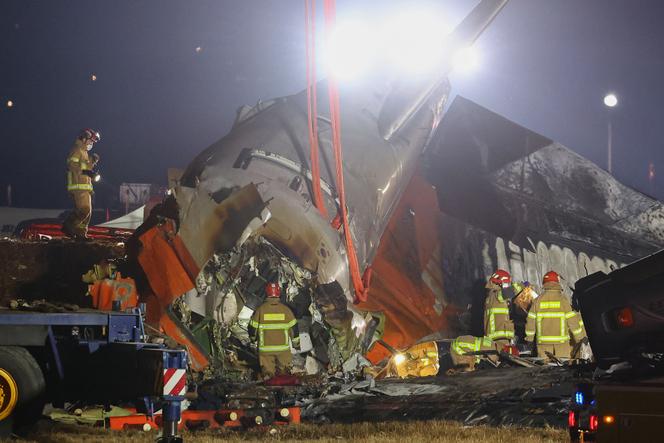


Amid a political crisis, South Korea must now deal with the shock caused, on Sunday, December 29, by the crash of a Jeju Air plane at Muan airport, located 290 kilometers southwest of Seoul. The incident killed 179 people, and represents a new blow for the American aircraft manufacturer Boeing.
By Monday, December 30, 141 bodies had been identified, according to a Transport Ministry announcement. The country's acting president, Choi Sang-mok, declared a week of national mourning after the incident, which already appears to be the worst air disaster in South Korean history, and designated Muan County with a disaster zone status.
"As acting president of a government responsible for the safety and lives of its citizens, I am overwhelmed by grief," said Choi, who assumed presidential duties on Friday, after the impeachments of both ex-President Yoon Suk Yeol, for having declared martial law, and his replacement, Prime Minister Han Duck-soo.
Flight 2216 from Bangkok, a Boeing 737-8AS airplane operated by Jeju Air, was forced to make an emergency belly landing shortly after 9 am (local time) on Sunday. Its landing gear had not deployed. The aircraft, which entered service in 2009, only slightly slowed down after touching down. It then struck a concrete wall, located 300 meters past the end of the runway, and burst into flames.
You have 79.62% of this article left to read. The rest is for subscribers only.
